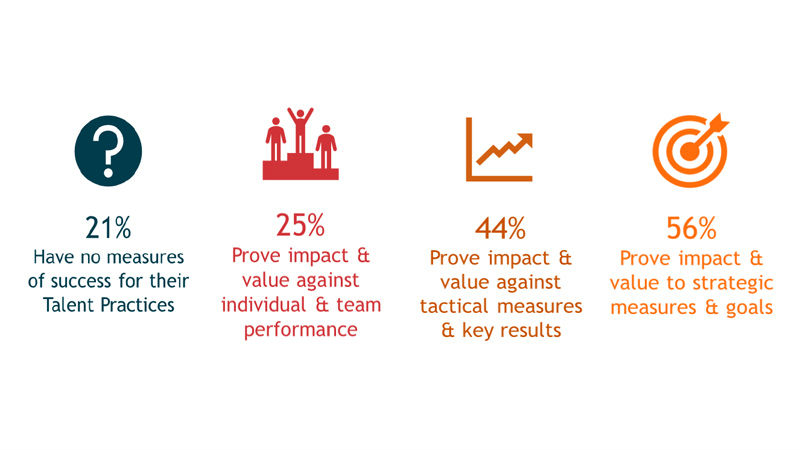Read the Latest Insights on Talent Management and People Development in Practice

Most of us are familiar with the idea of a Catch-22. While it originally referred to a military rule in Joseph Keller’s 1961 masterpiece of the same name, we now use it to apply to any time you are caught in a frustrating situation, trapped by contradictory regulations or conditions. I think most of us can cite numerous examples of Catch-22 scenarios in the workplace, but recently more data has come to light to suggest HR and talent management, in particular, is currently plagued by a very troubling Catch-22.
Together with the Fosway Group, SumTotal recently completed extensive research into what’s working in talent management today and what isn’t. The work builds on a previous collaboration between our organizations, Transforming Talent in the Modern Workforce, which looked at how the workplace is transforming and the impact technology is having on this new order. This time we wanted to take a closer look at what’s happening in workplaces and HR teams across EMEA.
The results from the study highlight some common trends that stem from the fact that work is changing so the way organisations attract and retain new talent needs to change. However, while we can all agree on this impact, the question we asked is are HR departments meeting this expectation in the real world?
Not quite. Only 4% of enterprises have fully completed the digital transformation of their people functions. The majority (62%) are still in the process and therefore, yet to fully realise the full effects of digital transformation. In other words, most are still missing out on the potential of HR moving from being a “translator” of people processes (absence management, payroll and recruiting) into a strategic influencer and enabler for organisational success.
Crisis in innovation in HR
Almost 70% of those we surveyed believe their HR systems are not fit for the modern workforce. That’s an alarming figure given that everyone in the profession acknowledges that HR systems need to align with the expectations of both the employee and the business. Only 9% think their tech is fully ready to meet employee expectations. I was surprised to learn that 33% are still using spreadsheets to execute their daily HR processes, and 14% are using nothing at all.
If you were to ask HR professionals why there is such a disconnect, I think most would agree that although HR needs to prove its ROI, it is hampered by its inability to automate and track the effectiveness of its practices. Here’s the Catch-22. HR needs to update its technology but to do so it needs to prove its worth and to do this, you guessed it, HR requires the technology to automate reporting.
Currently, HR is using these measures to prove impact and value:

When the conversation turns to areas like talent succession and workforce management, it gets even harder with over two-thirds saying they find it difficult to measure their effectiveness.
Making it even more challenging for HR is the reality that only one in three operates with a significant demand to prove their value add and a quarter have little or no demand. Again, we have a situation where there are no metrics to demonstrate the quantifiable impact; therefore, it is hard to prove the worth of HR efforts resulting in systems not meeting employee expectations.
Consequences of failing to live up to expectation in HR
Apart from the frustration felt by HR, there is also the issue around talent. Again, everyone is aware that we are facing a skills crisis so companies that excel in their talent management will be those companies that rule in the war for talent. Employees are looking at employer brand and are willing to switch employers to brands synonymous with developing its people and powering their careers. It is imperative now that HR systems have the features and capabilities to nurture and grow and deliver the experience workers find outside of their jobs.
